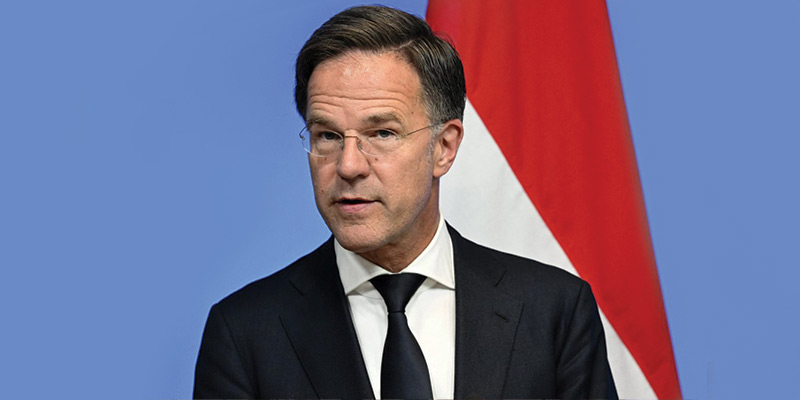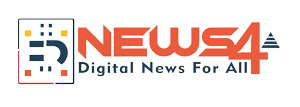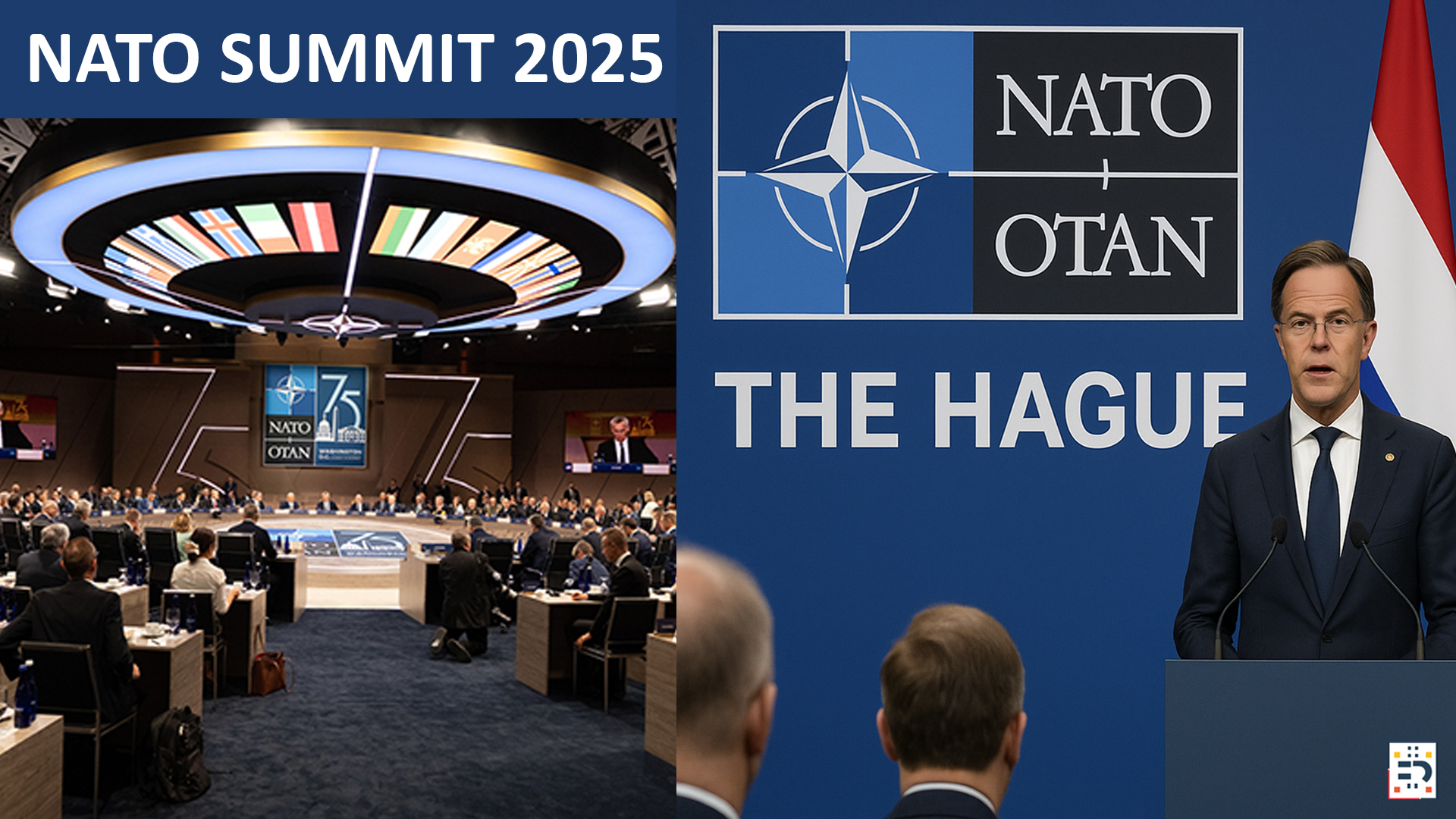As global tensions rise, NATO leaders gather to strengthen unity and redefine strategy.
A Pivotal Moment for NATO
The 2025 NATO Summit comes at a time when the world is once again shifting beneath our feet. With ongoing conflicts, emerging cyber threats, and growing concerns about China’s global influence, this year’s summit is more than just a diplomatic formality—it’s a critical checkpoint for the future of collective defense.
Held in The Hague, Netherlands on Tue, 24 Jun, 2025 – Wed, 25 Jun, 2025, this high-stakes gathering of heads of state and defense ministers from all 32 member countries will focus on strategy, security, and solidarity. Here’s a look at what’s on the agenda and why it matters.
Top Issues on the Agenda
- Ukraine and NATO’s Eastern Flank
The war in Ukraine continues to be a defining challenge for NATO. Member states are expected to reaffirm long-term support for Ukraine’s defense, with more discussion around sustainable funding, training, and potential future membership. - Defense Spending and Burden Sharing
In recent years, NATO has pushed members to meet or exceed the 2% of GDP defense spending target. With new threats looming, expect stronger commitments—or pressure—to bolster defense budgets across Europe and North America. - Cybersecurity and Hybrid Warfare
From election interference to attacks on critical infrastructure, the digital battlefield is expanding. NATO leaders are likely to introduce updated protocols and partnerships to enhance cyber readiness. - China’s Global Role
While NATO was originally designed to counter the Soviet threat, its attention is now turning east. The summit may see new language around countering China’s growing influence—economically, technologically, and militarily. - NATO Enlargement and the Western Balkans
With Sweden recently joining and other nations like Bosnia and Herzegovina expressing interest, NATO’s expansion continues. The alliance will likely discuss how to manage enlargement while maintaining regional stability.
Why This Summit Matters
This year’s summit is more than just symbolic. It’s an opportunity to show that NATO is not just surviving—it’s adapting. With rising global instability, internal political shifts, and questions around U.S. leadership in a presidential election year, the alliance is under pressure to prove its relevance and resolve.
Unity will be tested. But it’s also a moment to strengthen commitments and set a clear course for the next decade of security cooperation.
What It Means for the World
A strong, coordinated NATO sends a clear message—not just to adversaries, but to citizens around the world—that collective defense remains a cornerstone of global stability. In a time of fragmented alliances and shifting loyalties, this summit could be a defining moment for the West’s strategic direction.
Mark Rutte Stands Firm
NATO Secretary-General and former Dutch PM Mark Rutte spearheaded the diplomacy. He told reporters in The Hague: “I have no doubt that the U.S. is totally committed to NATO, totally committed to Article 5,” reassuring allies amid ambiguous remarks from President Trump. Rutte also nudged skeptics, saying, “If we want to prevent war, we have to spend more—ammunition, ammunition, ammunition.”

Final Thoughts
As the 2025 NATO Summit unfolds, the world will be watching not just what is said, but what is promised—and ultimately, what is delivered. The stakes are high, the challenges are complex, and the future of the alliance depends on its ability to evolve.
Because in the 21st century, security is not just about borders. It’s about values, innovation, and the strength of the alliances we choose to maintain.


